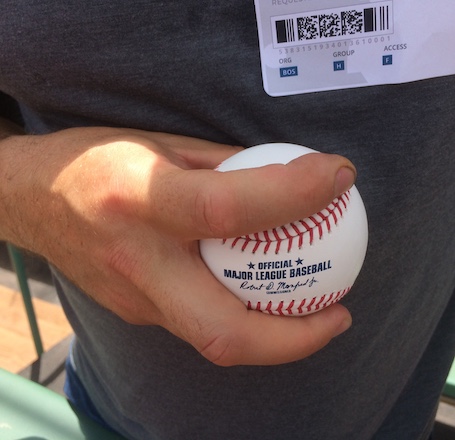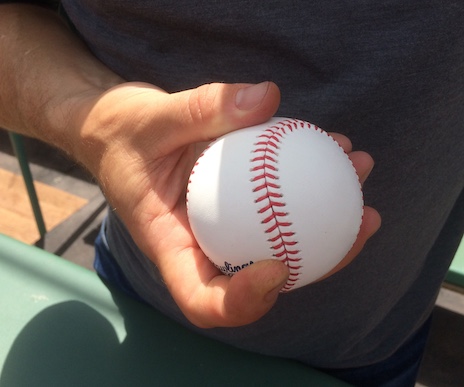If you just glanced at his player page for a second, you might think Lucas Giolito was falling apart. After a triumphant first half, during which he paired a 30% strikeout rate with a 9.5% walk rate on his way to a 3.15 ERA and 3.23 FIP, he made the All-Star team. And this was no automatic invite extended to the best available White Sox player; he was simply one of the best pitchers in baseball, running comparable park-adjusted numbers to Stephen Strasburg, Walker Buehler, and Zack Greinke.
From that great height, Giolito’s second half has had a rocky beginning. In three post-break starts, he’s compiled a 5.6 ERA, with a FIP over five. A lot of that ugliness is driven by a pasting at the hands of the Twins, when he allowed four home runs and seven runs over five innings, but it’s not as though there weren’t other warning signs. In his last pre-break start, he went only four innings against the Cubs, walking five batters on his way to giving up six earned runs. All told, it was a beyond-forgettable July for Giolito.
Situations like this are among the most difficult for writers to assess. Pitchers are fickle, and there’s no better example of that than Giolito. In parts of three seasons from 2016 to 2018, he was below replacement level, whether you’re into runs allowed or FIP; over 240 innings, he ran a 5.48 ERA and 5.68 FIP. He only struck out 16.2% of batters he faced while walking 11%. He still had some prospect shine, but projection systems weren’t buying it: ZiPS projected him for a 5.03 ERA in a lower-scoring environment than what we’ve realized in 2019, while Steamer foresaw an even higher 5.32 ERA.
Of course, Giolito proceeded to make those projections look ridiculous. Through 16 starts, roughly the first half of his season, he pitched nothing at all like the projections. That 30% strikeout rate was nearly double what the two projection systems expected, and his walk rate was significantly lower — you get the idea. Essentially, Giolito looked like an ace. If there was cause for concern, it was unsustainable home run suppression — he’d allowed a 9.7% HR/FB rate in the first half, and for a fly ball pitcher, that adds up. The point, though, is that Giolito went from replacement-level disappointment to deserving All-Star. Read the rest of this entry »

![]() iTunes Feed (Please rate and review us!)
iTunes Feed (Please rate and review us!)![]() Sponsor Us on Patreon
Sponsor Us on Patreon![]() Facebook Group
Facebook Group![]() Effectively Wild Wiki
Effectively Wild Wiki![]() Twitter Account
Twitter Account![]() Get Our Merch!
Get Our Merch!![]() Email Us: podcast@fangraphs.com
Email Us: podcast@fangraphs.com
 Dan Szymborski
Dan Szymborski
